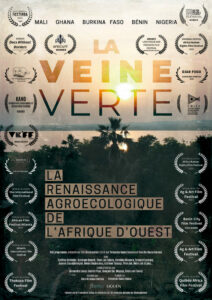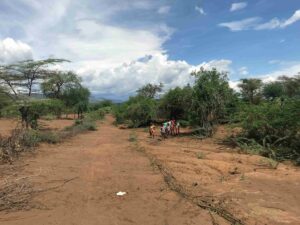
Increasing soil fertility with Gliricidia trees: Agroforestry in Mali
The beautifulGliricidia sepiumtree is an important multi-purpose legume tree. It absorbs nitrogen, attracts butterflies, and bears high-protein fruits. The tree is frost-intolerant and needs a dry season to germinate. Mulch from its cuttings makes effective fertiliser and keeps the soil more humid. Moreover, it produces protein-rich fodder for animals.
Farmers in Mali tested agroforestry systems withGliricidiaover four years, separate from their conventional fields. They were joined by researchers from the r4d projectORM4Soil, which explores and disseminates soil fertility management techniques in West Africa. The results of this experiment are promising: Preventing soil erosion, enhancing soil fertility and increasing yields are only a few of the advantages of farming withGliricidia. An agroforestry system withGliricidiahas the potential to reduce poverty und improve food security, while reducing the consequences of soil degradation and continuous desertification in the Sahel countries.
This video-clip was produced as part of the r4d programme Digital Storytellers synthesis project. Its contents were filmed and selected by Fernando Sousa and Sara Baga in collaboration with local partners in Mali. The digital storytelling process was accompanied and supported by Paitití Lab.Watch on YouTube.
Related Posts
The Green Vein: Agroecology Rising in West Africa
WOMEN EMPOWERED: Vital Work Made Visible
Sources
Contact:
Fernando Sousa, fernando.sousa@fibl.org, Research Institute of Organic Agriculture (FiBL), Switzerland
Project:
r4d project Farmer-driven Organic Resource Management to Build Soil Fertility (ORM4Soil); https://www.orm4soil.net/orm-home.html; http://www.r4d.ch/modules/food-security/building-soil-fertility
Credits:
A film by Fernando Sousa / Camera by Sara Correia / Edited by Sara Correia / co-produced by Sonja Schenkel, Paititi Lab9





